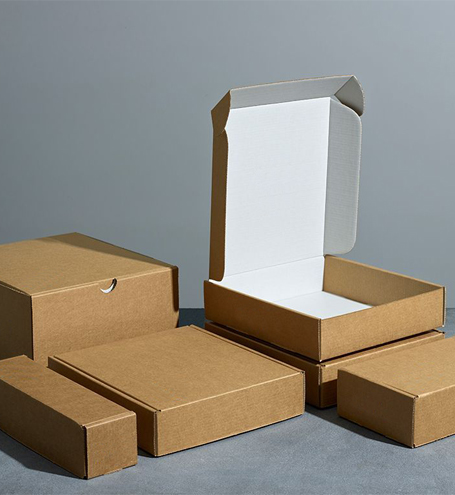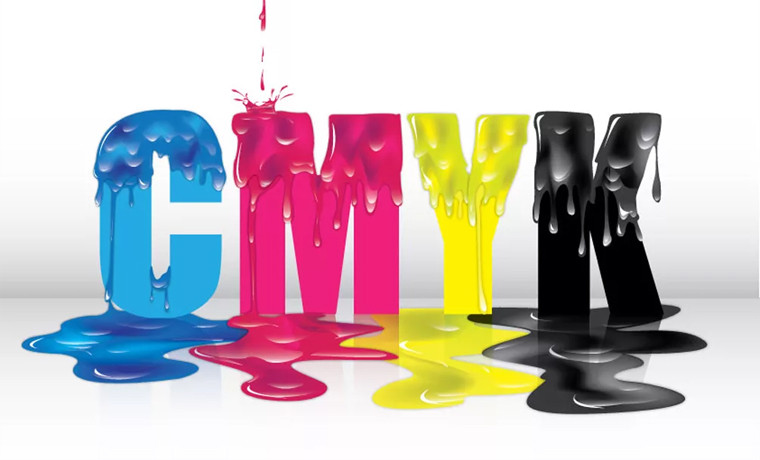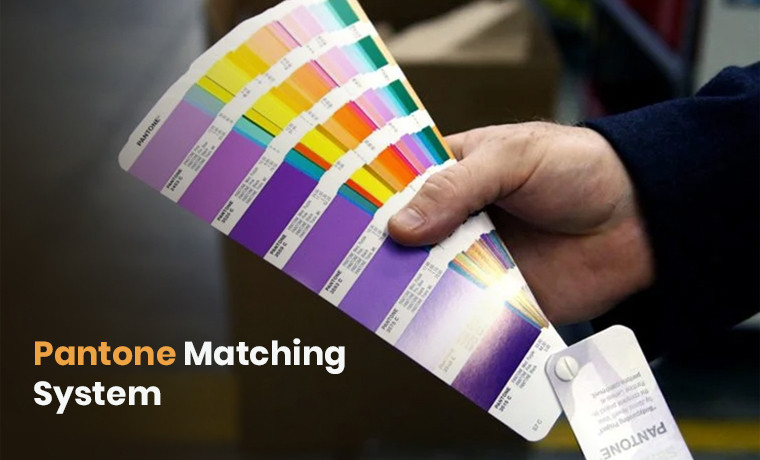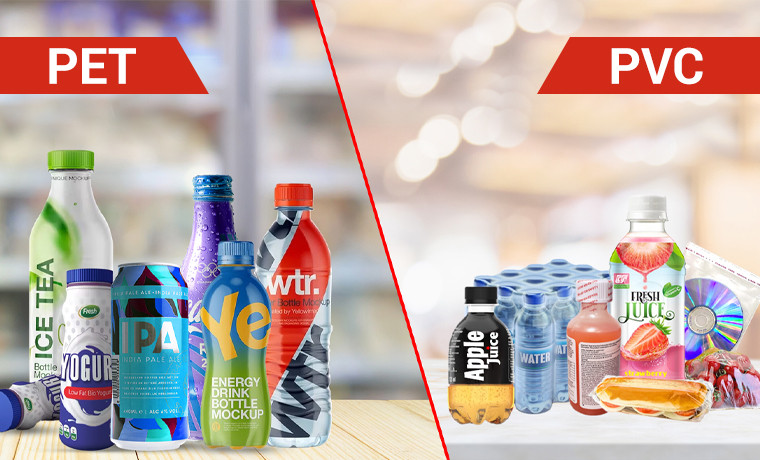Plastic vs Cardboard: Key Differences and Advantages
September 30, 2025
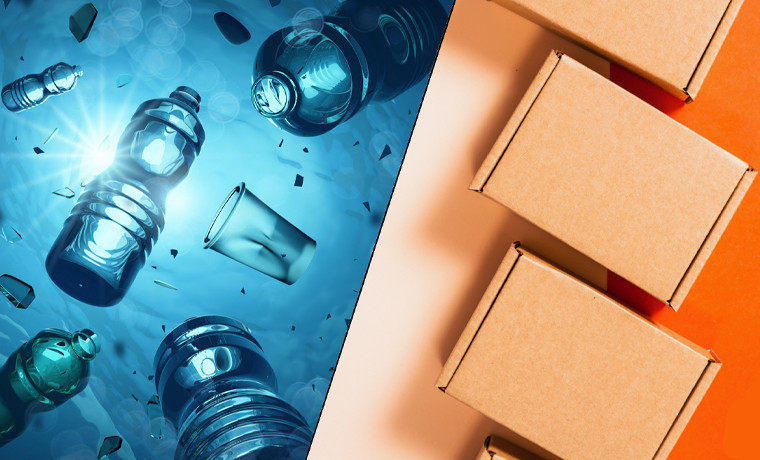
Looking for a way to ship your products and unable to decide between plastic and cardboard to choose the material that is perfect packaging material while meeting sustainability.
Both cardboard and plastic have advantages and disadvantages. However, a recent shift to a sustainable approach emerged as the ultimate packaging solution. In this regard, it is essential to compare plastic vs cardboard.
This blog will discuss the pros and cons of plastic and cardboard highlighting their features and uses with environmental impact.
Plastic Vs Cardboard
Plastic and cardboard are the most commonly used materials. However, they differ from each other in terms of their properties and environmental impact.
What is Cardboard?
Made from paper, cardboard - a versatile material is known for its lightweight and strength. Most commonly this cardboard is used in packaging to manufacture shipping and cardboard boxes.
Cardboard thickness plays a significant role in offering good strength to the box. Key properties of cardboard vary from strength and versatility to recyclability and cost-efficiency.
Uses of Cardboard in Packaging:
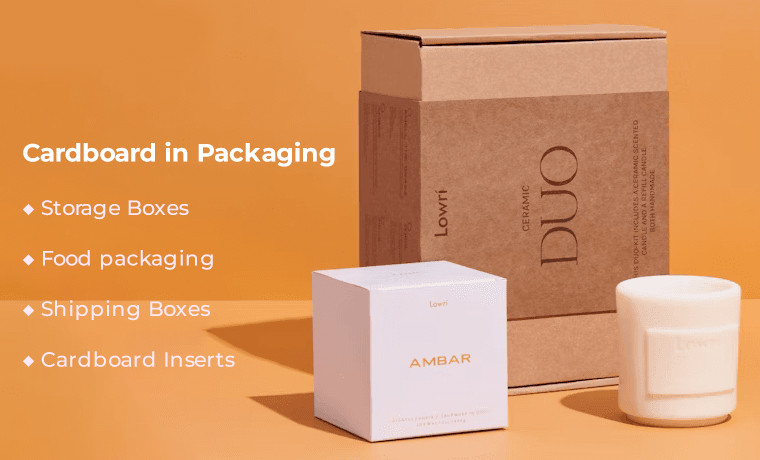
Cardboard is found in different forms around us and can be used in many ways.
- Storage Boxes: Strong and sturdy packaging is ideal for storage purposes. Good for storing cardboard boxes for saving things that are not in use.
- Food packaging: Ideal in packaging food and beverages like cereals or pizza.
- Shipping Boxes: Perfect for manufacturing shipping boxes to ship fragile or heavy-duty products.
- Cardboard Inserts: Used in packaging to fill empty gaps. They restrict product movement and protect them from damage during transit.
What is Plastic?
Plastic consisting of organic polymers has revolutionized many industries. The durability and lightweight nature of plastic enable it to mold in different shapes. This makes plastic an excellent choice for a wide range of applications while raising concerns about environmental pollution.
Uses of Plastic in Packaging:
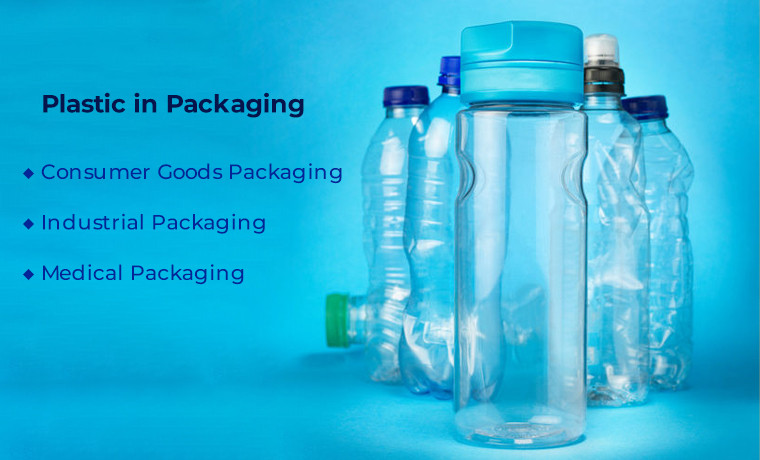
These are the uses of plastic.
- Consumer Goods Packaging: Used to package a wide range of consumer goods from electronics and toys to cosmetics and household items. It offers protection and convenience. Besides this, offers a captivating presentation that appeals to consumers.
- Industrial Packaging: Plastic provides durability, lightweight, and reusability. This is the reason, it is serving many industries.
- Medical Packaging: Plastic packaging acts as a barrier against contamination and moisture. It ensures sterility and safety of medical devices and pharmaceuticals.
Advantages and Disadvantages of Cardboard
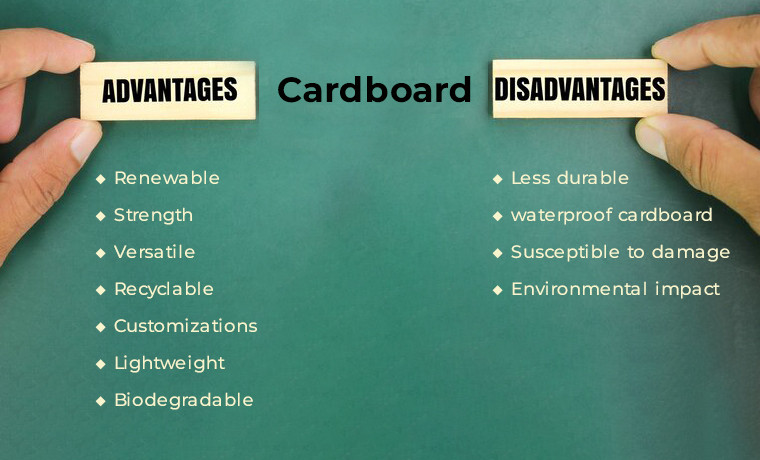
The benefits and drawbacks of cardboard are here.
Pros:
- Renewable: Cardboard comes from wood fiber pulp and is a renewable resource.
- Strength: Produced in thick properties. This makes the paper sturdier.
- Versatile: It is easy to mold cardboard into diverse shapes and sizes.
- Recyclable: Cardboard is easy to recycle. Most often collected curbside.
- Customizations: Adaptable to endless customization options from designing to finishing.
- Lightweight: Easy to handle and transport.
- Biodegradable: Decomposes quickly in the environment.
Cons:
- Less durable: Not as strong as traditional cardboard or waterproof as plastic. However, waterproof cardboard can be created if coated to resist water.
- Susceptible to damage: Can be easily damaged by pests and moisture or fire.
- Environmental impact: Deforestation for pulp production can harm the environment.
You are aware of the pros and cons of cardboard. Thinking is cardboard sustainable or eco-friendly? Read on.
Is Cardboard Eco-Friendly?
The straightforward answer is YES. Cardboard is eco-friendly due to its biodegradability and recyclability. It can be recycled into new cardboard products as it is made from wood and renewable resources.
Choosing cardboard for your packaging is ideal if you want durable cardboard boxes while contributing to saving the earth.
Pros and Cons of Plastic
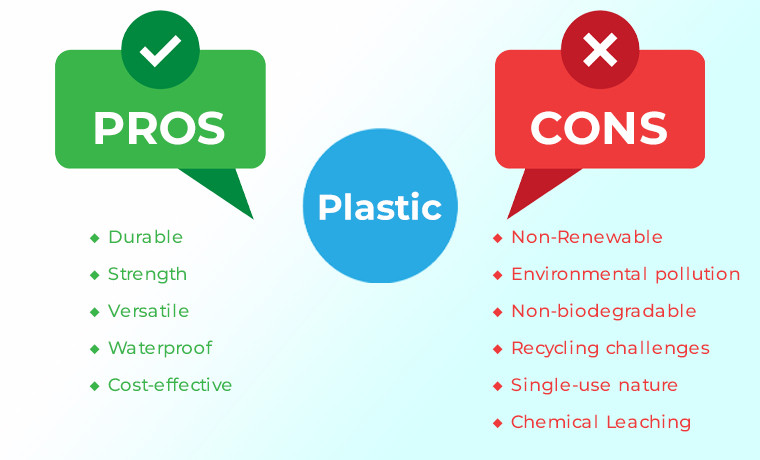
The advantages and disadvantages of plastic are explained here.
Pros:
Durable: Strong and resistant to damage.
Strength: Offers great strength. It makes it ideal for packaging and shipping.
Versatile: Easy to form plastic in different shapes and sizes.
Waterproof: Protects the content from water and moisture.
Cost-effective: Cheaper than cardboard to produce a wide range of products.
Cons:
Non-Renewable: Derived from fossil fuels. It contributes to reducing carbon.
Environmental pollution: Contributes to plastic pollution in oceans and landfills.
Non-biodegradable: Most plastic types are not biodegradable. They take years to decompose.
Recycling challenges: Not all types of plastic are easy to recycle.
Single-use nature: Packaging designed with plastic is a single-use purpose. It leads to excessive waste generation.
Chemical Leaching: Some plastic packaging types are made from additives. This can produce potential health risks when used in food and beverages.
Clear with advantages and disadvantages? Let's differentiate cardboard from plastic.
Plastic Vs Cardboard: Key Differences
The primary differences between plastic and cardboard are here.
| Features | Plastic | Cardboard |
| Durability | Very durable and water-resistant | Less durable and susceptible to moisture |
| Recyclability | Recyclable | Highly recyclable and easy to process |
| Environmental impact | Highly contributes to pollution and ocean debris | Lower |
| Decomposition Time | Takes hundreds of years to decompose | Takes 4-8 months to compost |
| Customization | Various customization options | Wide range of customization options tailored to specific needs |
| Best in Uses for | Packaging, containers, and various products | Packaging, shipping boxes, and certain products |
| Cost | Cheaper for mass production | More expensive |
A brief comparison between plastic and cardboard is complete. All we are done. Let’s wrap up the things.
Conclusion
Plastic and cardboard are common materials used in the packaging industry. Both have unique properties and offer great advantages. Plastic offers durability and water resistance. Meanwhile, cardboard stands out for its eco-friendly nature.
The comparison between cardboard and plastic highlights each material's environmental impact and practical application. This information can help inform choices in product packaging design.
To meet your packaging needs, contact Custom Product Packaging via email orders@customproductpackaging.com for more information. We welcome your inquiries.
